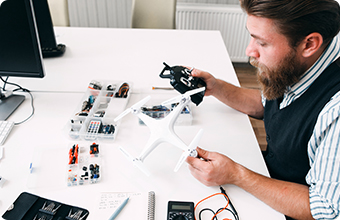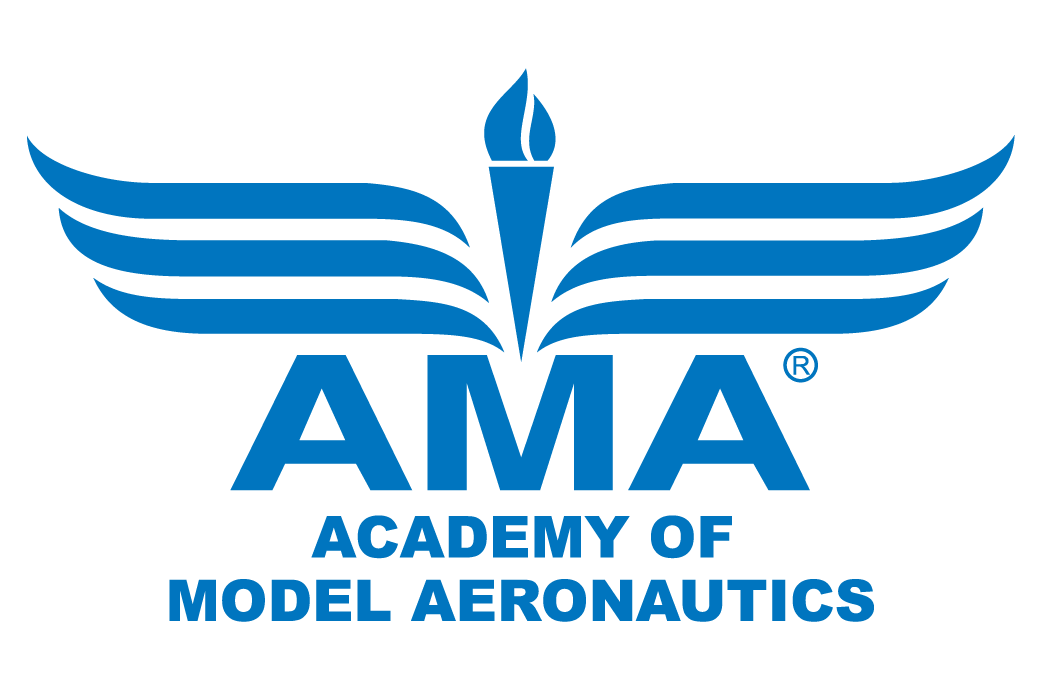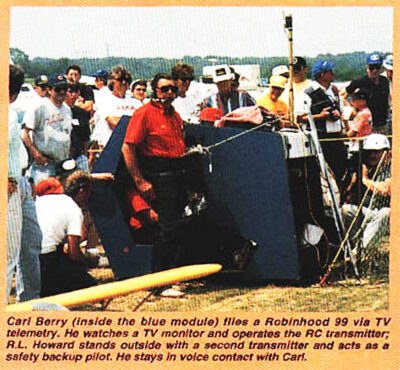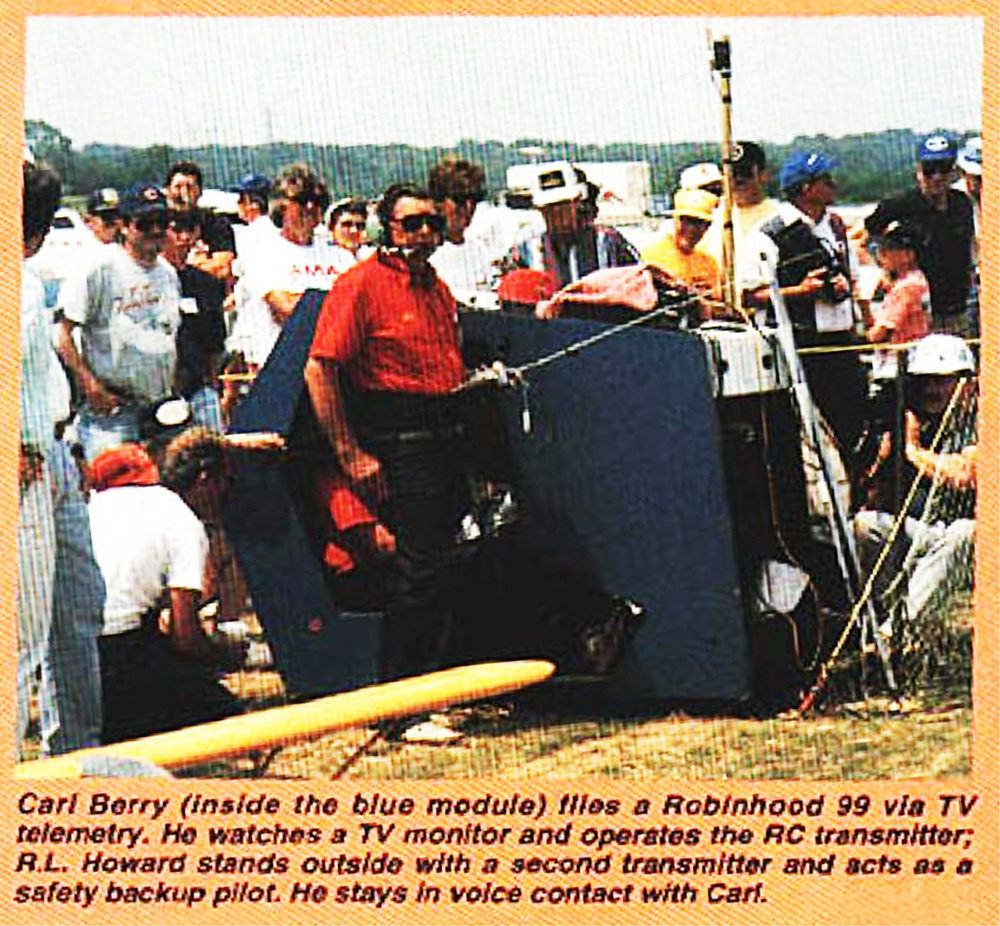

Safely Flying First Person View
First Person View (FPV) has attracted a lot of newcomers to the hobby of model aviation and drones. Here are some quick tips to safely enjoy FPV from the Academy of Model Aeronautics (AMA) who has been fostering safe FPV operations for decades.
First a little History:
While many assume First Person View (FPV) is a recent innovation, FPV operations have been around in the recreational model aviation and drone community for decades. In the early 1990s the AMA explored ways to foster and safely integrate FPV. Early FPV platforms were displayed on TVs or even modified ski goggles using amateur radio and television signals. Below is an image taken on June 1992 at the AMA headquarters in Muncie, Indiana of an FPV hobbyist and co-locator demonstrating FPV technology.

For the decades that followed, AMA continued to safely grow this emerging technology working with industry, FCC, FAA, and the hobbyist community. In 2018 AMA worked with legislators and regulators to allow for FPV under the recreational (and later educational) rules using a co-locator (aka visual observer). AMA continues to serve the FPV community including hosting local, regional, and even global FPV competitions – most recently drone racing at the 2022 World Games under the patronage of the International Olympic Committee.
Whether you fly for fun, competition, or perhaps in the classroom, below are some tips to enjoy a safe and fun FPV flight!
Get the right equipment
- Select quality equipment from reputable dealers.
- Connect with other operators for recommendations and tips at a Community-Based Organization like AMA who are happy to help.
You will need to fill out some quick paperwork.
- Register and mark your aircraft. In a few minutes you’ll receive an FAA UAS number for only $5 which covers you for three years at https://faadronezone.faa.gov.
- Learn how to safely enjoy this great hobby and earn a certificate at https://trust.modelaircraft.org.
 Take the Recreational UAS Safety Test (TRUST).
Take the Recreational UAS Safety Test (TRUST). - Ham it up. Many FPV units use frequencies approved by the FCC for use out of the box, but some more powerful systems will require FCC licensing. This is not a daunting task especially if you connect with a Community-Based Organization or visit AARL at https://www.arrl.org.
Know your airspace
- There is a lot of blue airspace to enjoy, but always yield the right of way to all human-carrying aircraft.
- Be weather aware. Do not fly in foggy, rainy, windy or other adverse weather conditions. Even flying in freezing cold weather can adversely affect equipment.
- Even the Sky Has Limits. Be aware of FAA Temporary Flight Restrictions, air traffic, and altitude limits set by LAANC.
- Do not fly over people, moving vehicles, radio towers, power lines, tall buildings, historical sites, restricted areas or occupied structures.
- Get a buddy. FPV operations require a co-locator next to the pilot to scan the airspace. AMA recommends the co-locator should be prepared to assume control of the aircraft as needed.
Find a community
- Community-Based Organizations have volunteers ready to help you have a successful and safe flight. Established Community-Based Organizations, like the AMA, have thousands of volunteers and flying sites dedicated to help you safety enjoy the hobby.
- Community-Based Organizations like AMA are also a great place to find a co-locator to scan the airspace while you fly FPV.
Know your equipment
- While it’s tempting to immediately throw on the googles or fly FPV with a screen, first become skilled at flying without utilizing FPV.
- Check your equipment before the flight. Verify the system condition and functions.
- During flight, continue to monitor and respond to control links, battery life, and changing conditions.
- Check your equipment post flight. Always follow manufacturer’s guidelines regarding proper care.
